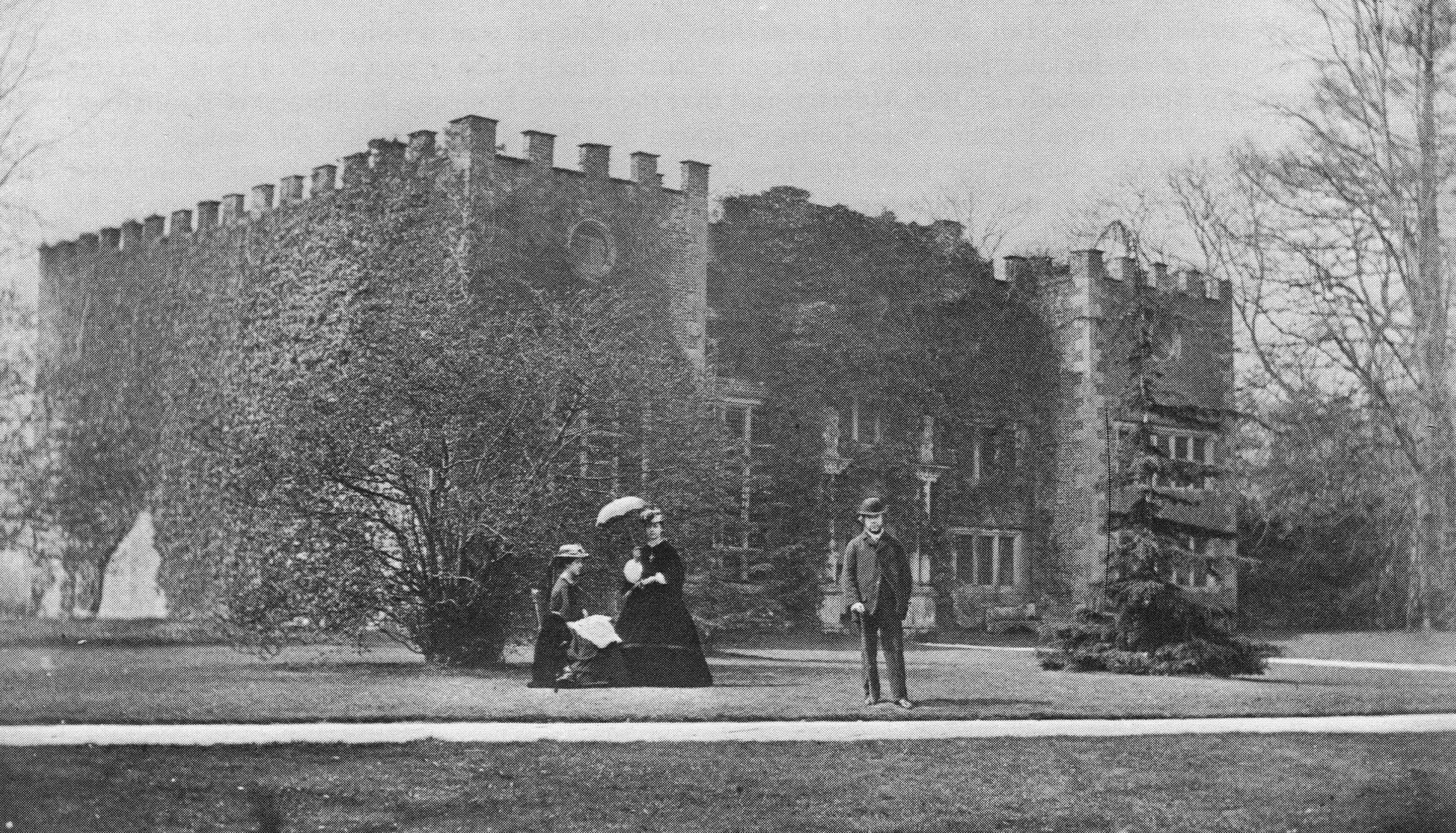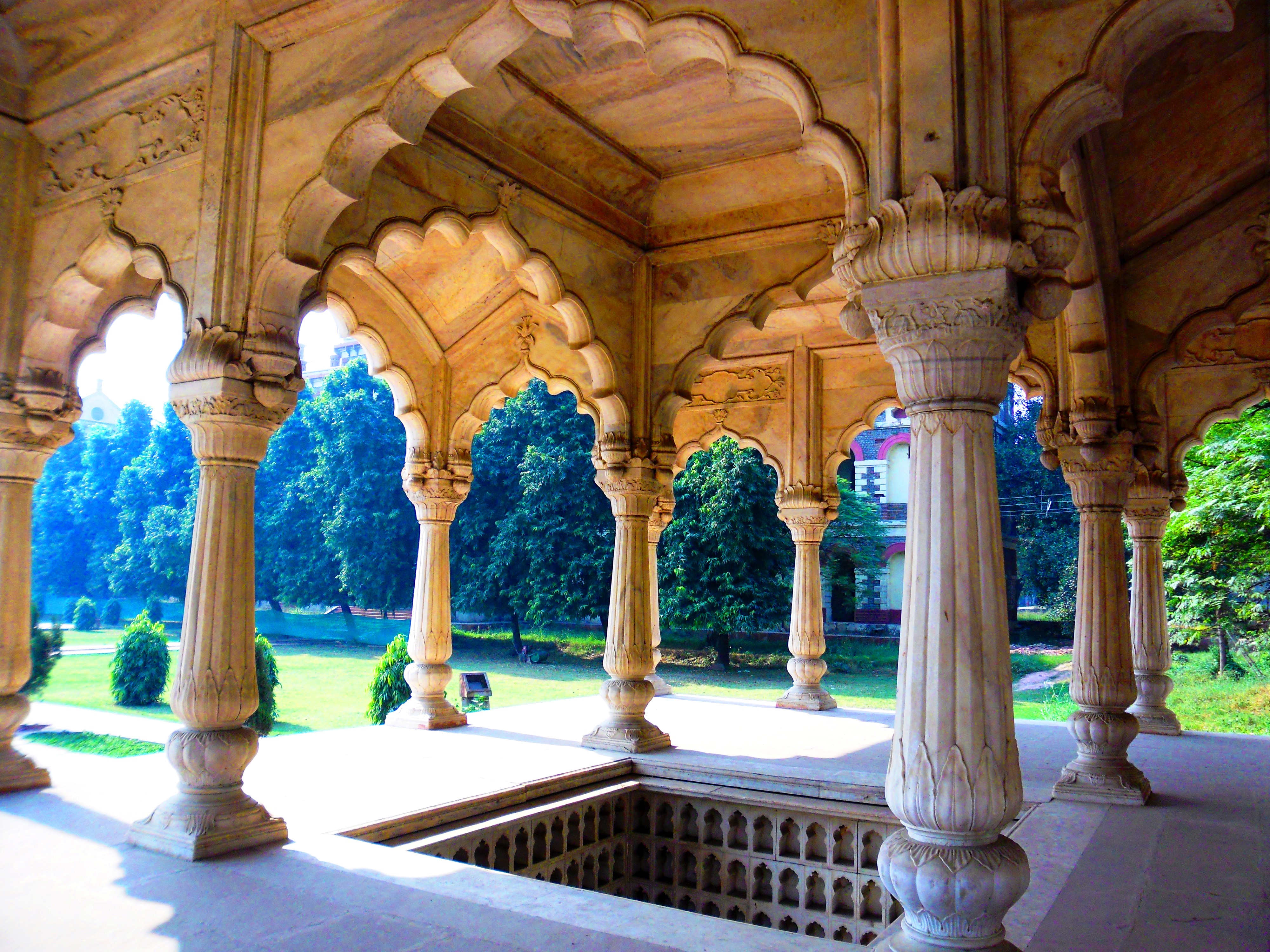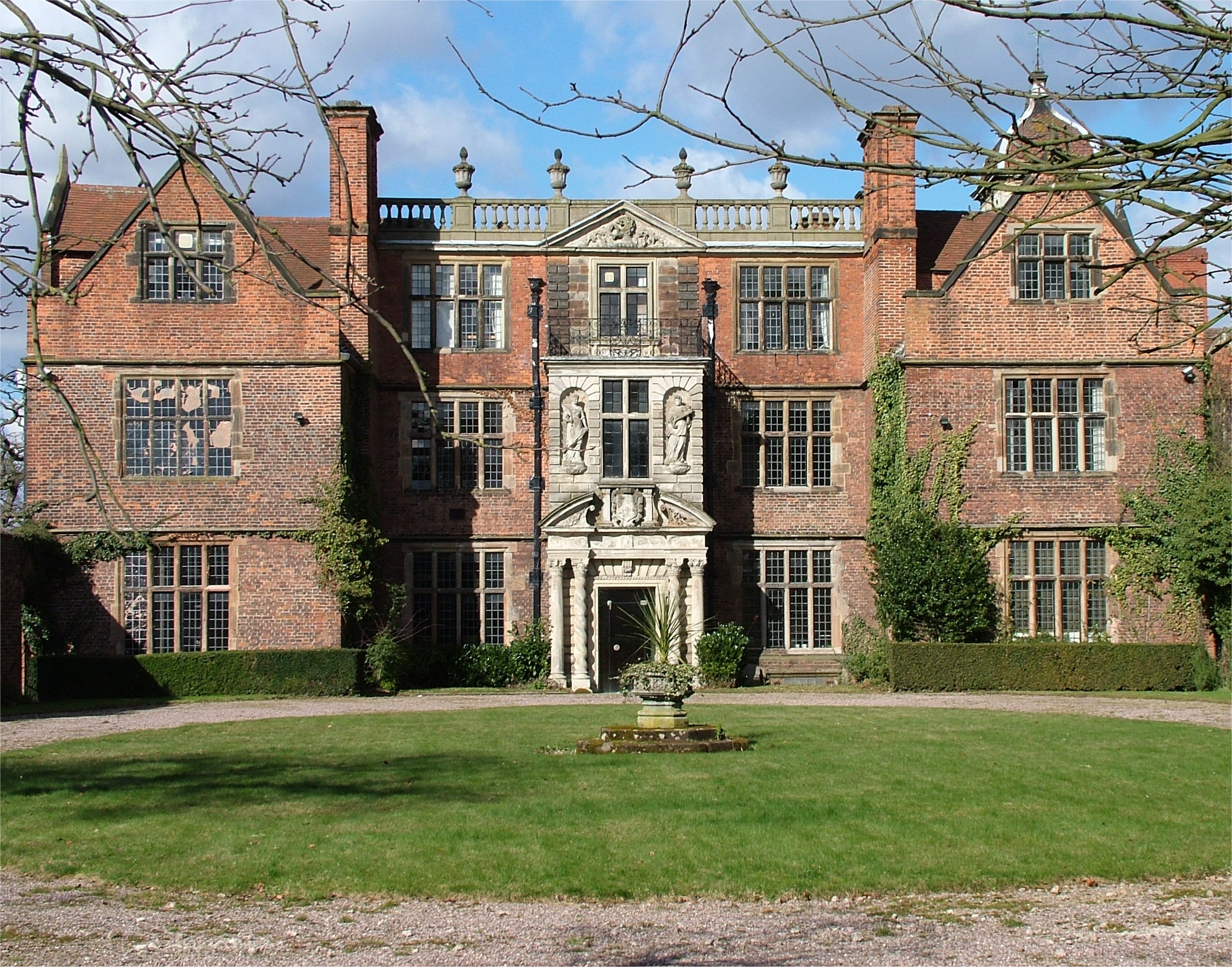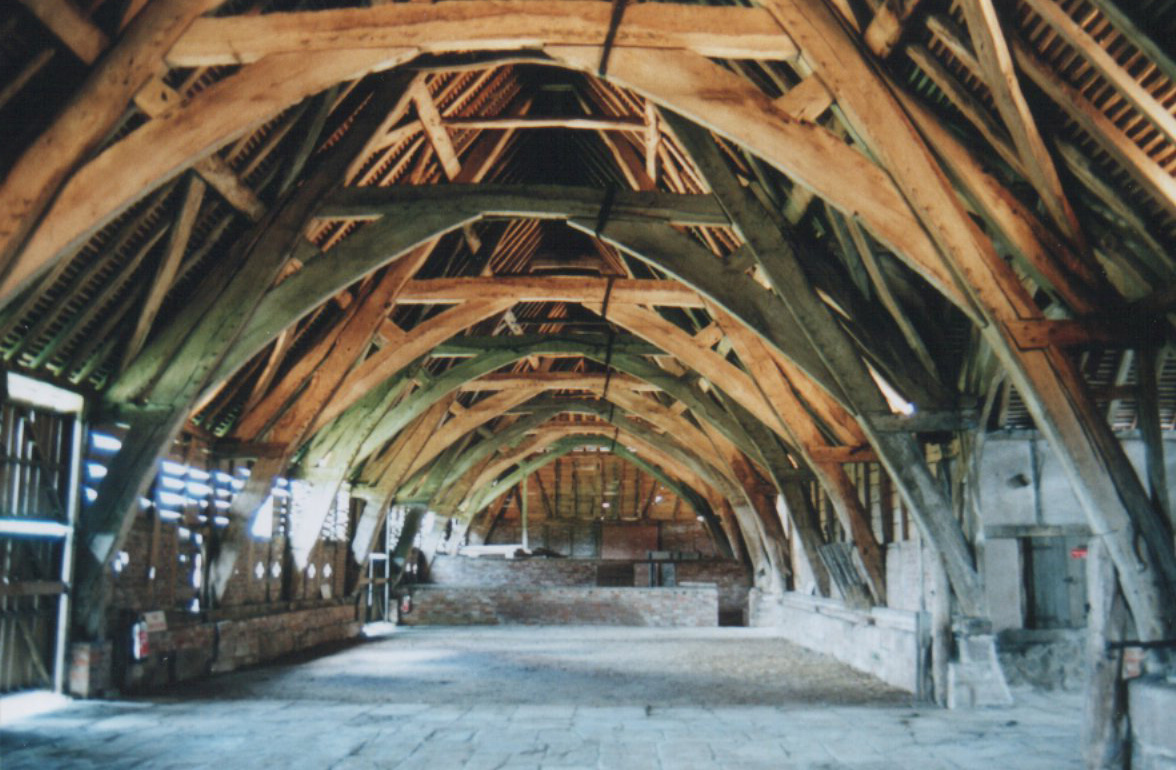|
Tabley House
Tabley House is an English country house in Tabley Inferior (Nether Tabley), some to the west of the town of Knutsford, Cheshire. The house is recorded in the National Heritage List for England as a designated Grade I Listed building#England and Wales, listed building. It was built between 1761 and 1769 for Leicester baronets#Byrne, later Leicester, later Warren, later Leicester baronets, of Nether Tabley (1671), Sir Peter Byrne Leicester, to replace the nearby Tabley Old Hall, and was designed by John Carr (architect), John Carr. The Tabley House Collection exists as an exhibition showcased by the University of Manchester. In the early part of the 19th century, three of Carr's rooms on the west side of the house were converted to form a single room, the gallery. After Sir Peter's death, the house was re-orientated and the main entrance moved from the south to the north front. The house and estate continued to be held by the Leicester family until the death of Lt. Col. ... [...More Info...] [...Related Items...] OR: [Wikipedia] [Google] [Baidu] |
Tabley Inferior
Tabley Inferior is a civil parishes in England, civil parish in the Cheshire East, Borough of Cheshire East and ceremonial county of Cheshire in England. It has a population of 137. Tabley House is located there. The Windmill public house, located near Junction 19 of the M6, is a tied house owned by Robinsons Brewery. Originally the site of a 16th-century listed building, it has been totally rebuilt. The name commemorates a racehorse once owned by former local landowner Lord de Tabley. It now has a large restaurant. See also * Listed buildings in Tabley Inferior References Civil parishes in Cheshire {{Cheshire-geo-stub ... [...More Info...] [...Related Items...] OR: [Wikipedia] [Google] [Baidu] |
Pavilion
In architecture, ''pavilion'' has several meanings; * It may be a subsidiary building that is either positioned separately or as an attachment to a main building. Often it is associated with pleasure. In palaces and traditional mansions of Asia, there may be pavilions that are either freestanding or connected by covered walkways, as in the Forbidden City ( Chinese pavilions), Topkapi Palace in Istanbul, and in Mughal buildings like the Red Fort. * As part of a large palace, pavilions may be symmetrically placed building ''blocks'' that flank (appear to join) a main building block or the outer ends of wings extending from both sides of a central building block, the '' corps de logis''. Such configurations provide an emphatic visual termination to the composition of a large building, akin to bookends. The word is from French (Old French ) and it meant a small palace, from Latin">-4; we might wonder whether there's a point at which it's appropriate to talk of the beginnings o ... [...More Info...] [...Related Items...] OR: [Wikipedia] [Google] [Baidu] |
Brine
Brine (or briny water) is a high-concentration solution of salt (typically sodium chloride or calcium chloride) in water. In diverse contexts, ''brine'' may refer to the salt solutions ranging from about 3.5% (a typical concentration of seawater, on the lower end of that of solutions used for brining foods) up to about 26% (a typical saturated solution, depending on temperature). Brine forms naturally due to evaporation of ground saline water but it is also generated in the mining of sodium chloride. Brine is used for food processing and cooking (pickling and brining), for de-icing of roads and other structures, and in a number of technological processes. It is also a by-product of many industrial processes, such as desalination, so it requires wastewater treatment for proper disposal or further utilization (fresh water recovery). In nature Brines are produced in multiple ways in nature. Modification of seawater via evaporation results in the concentration of salts in th ... [...More Info...] [...Related Items...] OR: [Wikipedia] [Google] [Baidu] |
Subsidence
Subsidence is a general term for downward vertical movement of the Earth's surface, which can be caused by both natural processes and human activities. Subsidence involves little or no horizontal movement, which distinguishes it from slope movement. Processes that lead to subsidence include dissolution of underlying carbonate rock by groundwater; gradual compaction of sediments; withdrawal of fluid lava from beneath a solidified crust of rock; mining; pumping of subsurface fluids, such as groundwater or petroleum; or warping of the Earth's crust by tectonic forces. Subsidence resulting from tectonic deformation of the crust is known as tectonic subsidence and can create accommodation for sediments to accumulate and eventually lithify into sedimentary rock. Ground subsidence is of global concern to geologists, geotechnical engineers, surveyors, engineers, urban planners, landowners, and the public in general.National Research Council, 1991. ''Mitigating losses from land ... [...More Info...] [...Related Items...] OR: [Wikipedia] [Google] [Baidu] |
Mullion
A mullion is a vertical element that forms a division between units of a window or screen, or is used decoratively. It is also often used as a division between double doors. When dividing adjacent window units its primary purpose is a rigid support to the glazing of the window. Its secondary purpose is to provide structural support to an arch or lintel above the window opening. Horizontal elements separating the head of a door from a window above are called transoms. History Stone mullions were used in Armenian, Saxon and Islamic architecture prior to the 10th century. They became a common and fashionable architectural feature across Europe in Romanesque architecture, with paired windows divided by a mullion, set beneath a single arch. The same structural form was used for open arcades as well as windows, and is found in galleries and cloisters. In Gothic architecture, windows became larger and arrangements of multiple mullions and openings were used, both for structure and ... [...More Info...] [...Related Items...] OR: [Wikipedia] [Google] [Baidu] |
Jacobean Architecture
The Jacobean style is the second phase of Renaissance architecture in England, following the Elizabethan style. It is named after King James VI and I, with whose reign (1603–1625 in England) it is associated. At the start of James's reign, there was little stylistic break in architecture, as Elizabethan trends continued their development. However, his death in 1625 came as a decisive change towards more classical architecture, with Italian influence, was in progress, led by Inigo Jones. The style this began is sometimes called Stuart architecture, or English Baroque (though the latter term may be regarded as starting later). Courtiers continued to build large prodigy houses, even though James spent less time on summer progresses around his realm than Elizabeth had. The influence of Flemish and German Northern Mannerism increased, now often executed by recruited craftsmen and artists, rather than obtained from books as in the previous reign. There continued to be very little b ... [...More Info...] [...Related Items...] OR: [Wikipedia] [Google] [Baidu] |
Peter Leycester
Sir Peter Leycester, 1st Baronet (also known as Sir Peter Leicester) (3 March 1614 – 11 October 1678) was an English antiquarian and historian. He was involved in the English Civil War on the royalist side and was subsequently made a baronet. He later compiled one of the earliest histories of the county of Cheshire and as a result of this became involved in a controversy with the Mainwaring family. He developed a library in his home at Tabley Old Hall and made improvements to the house and estate, including building a private chapel in the grounds of the house. He was an active and conscientious justice of the peace and used his position on the Bench to expound his staunchly conservative and Royalist political views. Biography Peter Leycester was born at Nether Tabley, near Knutsford, Cheshire, England, the eldest son of Peter Leycester (1588–1647) and Elizabeth Mainwaring, a daughter of Sir Randle Mainwaring of Over Peover, Cheshire. He entered Brasenose College, Oxford in ... [...More Info...] [...Related Items...] OR: [Wikipedia] [Google] [Baidu] |
Timber Framing
Timber framing () and "post-and-beam" construction are traditional methods of building with heavy Beam (structure), timbers, creating structures using squared-off and carefully fitted and Woodworking joints, joined timbers with joints secured by large wooden pegs. If the Structural system, structural frame of Load-bearing wall, load-bearing timber is left exposed on the exterior of the building it may be referred to as half-timbered, and in many cases the infill between timbers will be used for decorative effect. The country most known for this kind of architecture is Germany, where timber-framed houses are spread all over the country. The method comes from working directly from logs and trees rather than pre-cut Lumber#Dimensional lumber, dimensional lumber. Artisans or framers would gradually assemble a building by hewing logs or trees with broadaxes, adzes, and draw knife, draw knives and by using woodworking tools, such as hand-powered Brace (tool), braces and Auger (dril ... [...More Info...] [...Related Items...] OR: [Wikipedia] [Google] [Baidu] |
Gothic Architecture
Gothic architecture is an architectural style that was prevalent in Europe from the late 12th to the 16th century, during the High Middle Ages, High and Late Middle Ages, surviving into the 17th and 18th centuries in some areas. It evolved from Romanesque architecture and was succeeded by Renaissance architecture. It originated in the Île-de-France and Picardy regions of northern France. The style at the time was sometimes known as ''opus Francigenum'' (); the term ''Gothic'' was first applied contemptuously during the later Renaissance, by those ambitious to revive the Classical architecture, architecture of classical antiquity. The defining design element of Gothic architecture is the Pointed arch (architecture), pointed arch. The use of the pointed arch in turn led to the development of the pointed rib vault and flying buttresses, combined with elaborate tracery and stained glass windows. At the Abbey of Basilica of Saint-Denis, Saint-Denis, near Paris, the choir was rec ... [...More Info...] [...Related Items...] OR: [Wikipedia] [Google] [Baidu] |
Cruck
A cruck or crook frame is a curved timber, one of a pair, which support the roof of a building, historically used in England and Wales. This type of timber framing consists of long, generally naturally curved, timber members that lean inwards and form the ridge of the roof. These posts are then generally secured by a horizontal beam which then forms an "A" shape. Several of these "crooks" are constructed on the ground and then lifted into position. They are then joined together by either solid walls or cross beams which aid in preventing 'racking' (the action of each individual frame going out of square with the rest of the frame, and thus risking collapse). Etymology The term ''crook'' or ''cruck'' comes from Middle English ', from Old Norse ', meaning "hook". This is also the origin of the word "crooked", meaning bent, twisted or deformed, and also the crook used by shepherds and symbolically by bishops. Use Crucks were chiefly used in the medieval period for structures such ... [...More Info...] [...Related Items...] OR: [Wikipedia] [Google] [Baidu] |
Great Hall
A great hall is the main room of a royal palace, castle or a large manor house or hall house in the Middle Ages. It continued to be built in the country houses of the 16th and early 17th centuries, although by then the family used the great chamber for eating and relaxing. At that time the word "great" simply meant big and had not acquired its modern connotations of excellence. In the medieval period, the room would simply have been referred to as the "hall" unless the building also had a secondary hall. The term "great hall" has been mainly used for surviving rooms of this type for several centuries to distinguish them from the different type of hall found in post-medieval houses. Great halls were found especially in France, England and Scotland, but similar rooms were also found in some other European countries. A typical great hall was a rectangular room between one and a half and three times as long as it was wide, and also higher than it was wide. It was entered through a s ... [...More Info...] [...Related Items...] OR: [Wikipedia] [Google] [Baidu] |
Mere (lake)
A mere is a shallow lake, pond, or wetland, particularly in Great Britain and other parts of western Europe. Derivation of the word Etymology The word ''mere'' is recorded in Old English as ''mere'' ″sea, lake″, corresponding to * Old Saxon ''meri'', * Old Low Franconian ''*meri'' (Dutch ''meer'' ″lake, pool″, Picard ''mer'' ″pool, lake″, Northern French toponymic element ''-mer''), * Old High German ''mari'' / ''meri'' (German ''Meer'' ″sea″, but also '' Maar'' ″circular lake″), * Goth. ''mari-'', ''marei'', * Old Norse ''marr'' ″sea″ (Norwegian ''mar'' ″sea″, Shetland Norn ''mar'' ″mer, deep water fishing area″, Faroese ''marrur'' ″mud, sludge″, Swedish place name element ''mar-'', French ''mare'' ″pool, pond″). They derive from reconstituted Proto-Germanic ''*mari'', itself from Indo-European ''*mori'', the same root as ''marsh'' and ''moor''. The Indo-European root ''*mori'' gave also birth to similar words in other European languages: ... [...More Info...] [...Related Items...] OR: [Wikipedia] [Google] [Baidu] |









